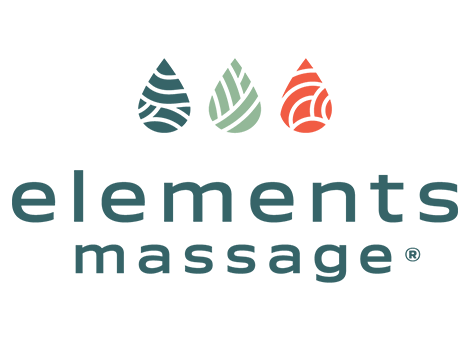Muscle tension and stiffness are common physical manifestations of stress, overuse, and physical inactivity. Massage therapy has been widely recognized for its ability to alleviate muscle tension and promote relaxation, offering both physical and psychological benefits (Field, 2010).
How Does Massage Therapy Promote Muscle Relaxation?
The muscle-relaxing effects of massage therapy occur through several key mechanisms:
-
Increased Blood Circulation: Massage therapy improves blood circulation in the body, which in turn facilitates the delivery of oxygen and nutrients to muscle cells. This nourishment helps to flush out waste products (like lactic acid) that accumulate in the muscles and cause stiffness and soreness (Crane et al., 2012).
-
Stimulation of the Parasympathetic Nervous System: As mentioned earlier, massage can stimulate the activity of the parasympathetic nervous system, which is associated with relaxation and restoration, including muscle relaxation (Diego & Field, 2009).
-
Mechanical Pressure and Manipulation: The physical act of massaging involves applying pressure and manipulating muscles. This mechanical action helps to break up adhesions (or "knots") and relieve tension in the muscle fibers (Sherman, 2014).
Scientific Evidence on Massage Therapy and Muscle Relaxation
Research has consistently demonstrated the beneficial effects of massage therapy on muscle relaxation. A study by Field et al. (2005) found that after five weeks of twice-weekly massages, adults with lower back pain had significant reductions in pain, depression, anxiety, and sleep disturbance, and showed improved range of motion in their trunk and upper bodies.
Further, a systematic review by Furlan et al. (2008) found that massage therapy significantly reduced pain and improved function in adults with chronic low back pain.
Additionally, a study by Crane et al. (2012) observed that massage therapy appears to be clinically beneficial by reducing inflammation and promoting mitochondrial biogenesis in the skeletal muscle.
References
- Crane, J. D., Ogborn, D. I., Cupido, C., Melov, S., Hubbard, A., Bourgeois, J. M., & Tarnopolsky, M. A. (2012). Massage therapy attenuates inflammatory signaling after exercise-induced muscle damage. Science Translational Medicine, 4(119), 119ra13.
- Diego, M. A., & Field, T. (2009). Moderate pressure massage elicits a parasympathetic nervous system response. International Journal of Neuroscience, 119(5), 630-638.
- Field, T., Hernandez-Reif, M., Diego, M., Schanberg, S., & Kuhn, C. (2005). Cortisol decreases and serotonin and dopamine increase following massage therapy. International Journal of Neuroscience, 115(10), 1397-1413.
- Furlan, A. D., Imamura, M., Dryden, T., & Irvin, E. (2008). Massage for low‐back pain. The Cochrane Database of Systematic Reviews, (4).
- Sherman, K. J. (2014). Guidelines for developing yoga interventions for randomized trials. Evidence-Based Complementary and Alternative Medicine, 2014.

